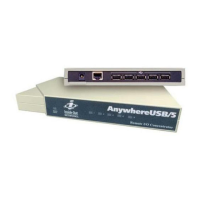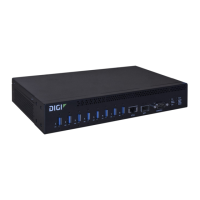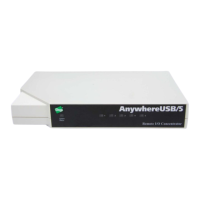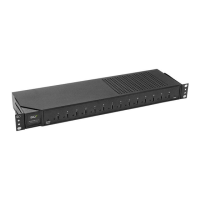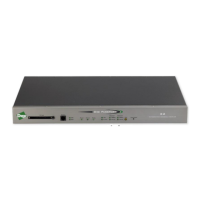Virtual Private Networks (VPN) IPsec
AnywhereUSB® Plus User Guide
567
b. Click to expand Local network.
c. For Type, select one of the following:
n
Address: The address of a local network interface.
For Address, select the appropriate interface.
n
Network: The subnet of a local network interface.
For Address, select the appropriate interface.
n
Custom network: A user-defined network.
For Custom network, enter the IPv4 address and optional netmask. The keyword
any can also be used.
n
Request a network: Requests a network from the remote peer.
d. For Remote network, enter the IP address and optional netmask of the remote network.
The keyword any can also be used. .
20. Click to expand IKE.
a. For IKE version, select either IKEv1 or IKEv2. This setting must match the peer's IKE
version.
b. Initiate connection instructs the device to initiate the key exchange, rather than waiting
for an incoming request. This must be disabled if Remote endpoint > Hostname is set to
any.
c. For Mode, select either Main mode or Aggressive mode.
d. For IKE fragmentation, select one of the following:
n
If supported by the peer: Send oversized IKE messages in fragments, if the peer
supports receiving them.
n
Always: Always send IKEv1 messages in fragments. For IKEv2, this option is
equivalent to If supported by the peer.

